What's The Difference Between Prebiotics and Probiotics?The importance of probiotics has been up in lights the last few years. And there’s good reason for it. There’s far more going on with the bacteria in our body than we realize. If you remember in last month’s issue we talked about how there are an estimated 100 trillion bacteria sitting in your gut, weighing about as much as a brick (around six pounds). If that isn’t weird enough, think about this. The human body has trillions of microorganisms inside of it. In fact, that number is so great, they outnumber human cells 10 to 1! Here’s one more: most people have heard of serotonin, the “happiness” neurotransmitter. Well, did you know that 90% of serotonin is produced in the gut? That’s right. So there are all sorts of implications for treating the bacteria in our system well. This requires: 1) making sure you continually supply your system with good bacteria 2) avoid wiping out good bacteria (via sugar, processed foods, antibiotics) 3) feeding your good bacteria. And that’s where prebiotics comes in. Probiotics vs Prebiotics?What’s the difference between the two? Probiotics are the “good bacteria” in your digestive tract. Prebiotics are what the “good bacteria” consume. Think of prebiotics like fertilizer or plant food for growing your lawn. Your good bacteria need it to flourish and grow. What happens to prebiotics in your system? When you eat prebiotic fiber, neither your stomach acid nor the digestive enzymes in your small intestines can break it down. So it travels to the large intestines where the good bacteria consume it. Both animal and human studies have found that prebiotics allow good bacteria to flourish, which stops the growth of harmful bacteria. When our bacteria “eat” these prebiotics the by-products are short-chain fatty-acids (SCFA’s) such as butyrate, propionate, and acetate. These help absorb minerals, stop cancerous/ toxic components, and boost nutrient circulation. Some of these SCFA’s are even able to sneak through the gut lining and enter the blood stream. This means prebiotics are not just affecting the gut but causing chain reactions in other organs and systems as well! For instance, 2001 study published in the Journal of Pediatrics found that prebiotics (inulin and oligofructans) helped boost the immune system against viral vaccines such as measles and influenza. Other studies show prebiotics help decrease the risk of allergic skin diseases. These SCFAs can even travel up the vagus nerve into the brain and affect neurotransmitter levels. In fact, a 2015 review in the Journal of Agricultural and Food Chemistry study found that prebiotics can impact mood, learning, memory, and even psychiatric disorders. So how can you get prebiotics?Chances are, you are already getting some. Prebiotic supplements are available but you can also get prebiotics from the following four foods: Chicory Root Chicory root can be made into a hot beverage that tastes similar to coffee. Roughly 47% of the fiber in chicory root comes from inulin. Inulin is a type of prebiotic that cannot be digested in your small intestines. Research shows that inulin can assist with fat digestion by increasing bile secretion. Chicory root also contains vitamin B6 and manganese which both support brain function. Garlic Garlic contains two types of prebiotic fiber. Roughly 11% of the fiber in garlic comes from inulin and 6% from FOS (Fructooligosaccharides). According to a 2013 study published in Food Science and Human Wellness, garlic helps the “good bacteria” Bifidobacteria and helps stop “bad bacteria” (Clostridia) from taking over in the gastrointestinal tract. Other studies on garlic show that it has antimicrobial benefits as well. Onions Onions are similar to garlic in their prebiotic fiber ratio. According to research published in the Journal of Agricultural and Food Chemistry, garlic’s fiber content is 10% from inulin and 6% from FOS. Other studies in Cancer Prevention Research and Critical Reviews in Food Science and Nutrition show the power of onions for its antibiotic and anticancer effects in the body. Green bananas Green bananas have prebiotics and are high in something called resistant starches.
Resistant starches resist digestion and are consumed by gut bacteria, just like prebiotics. They are also linked to the release of more fullness hormones (such as leptin), improve digestion, and may improve insulin sensitivity.
0 Comments
|
Get Serious About Fitness Again
For taking your fitness journey further, faster and achieving lasting transformation - grab a free issue of the Mind-Body Breakthroughs newsletter.
Archives
May 2024
Categories |
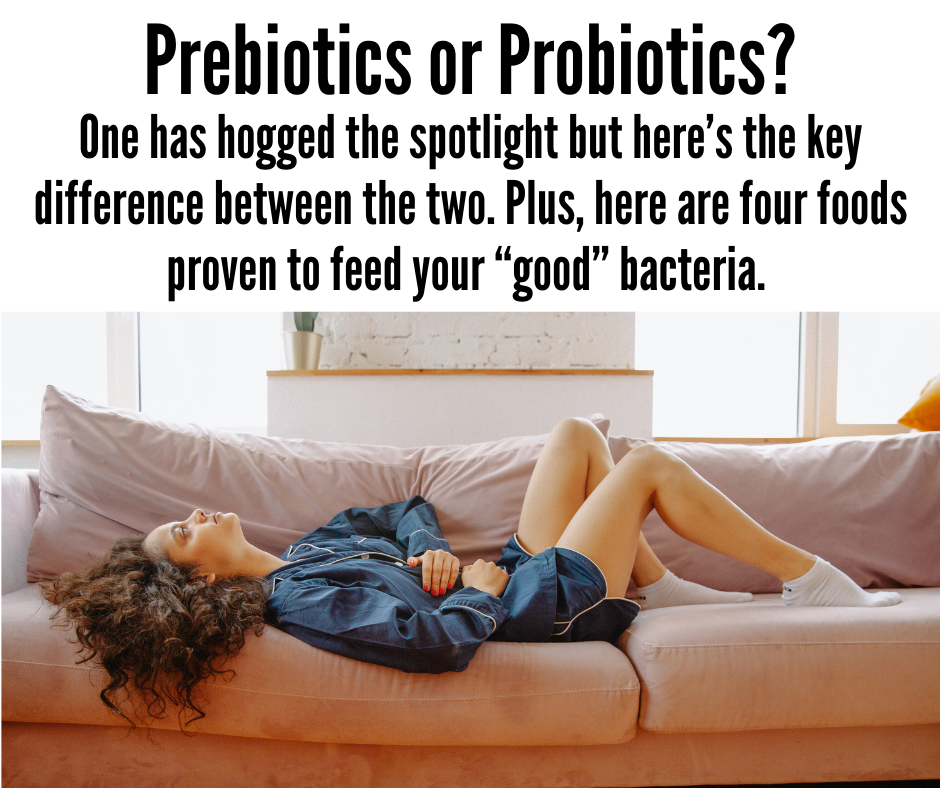
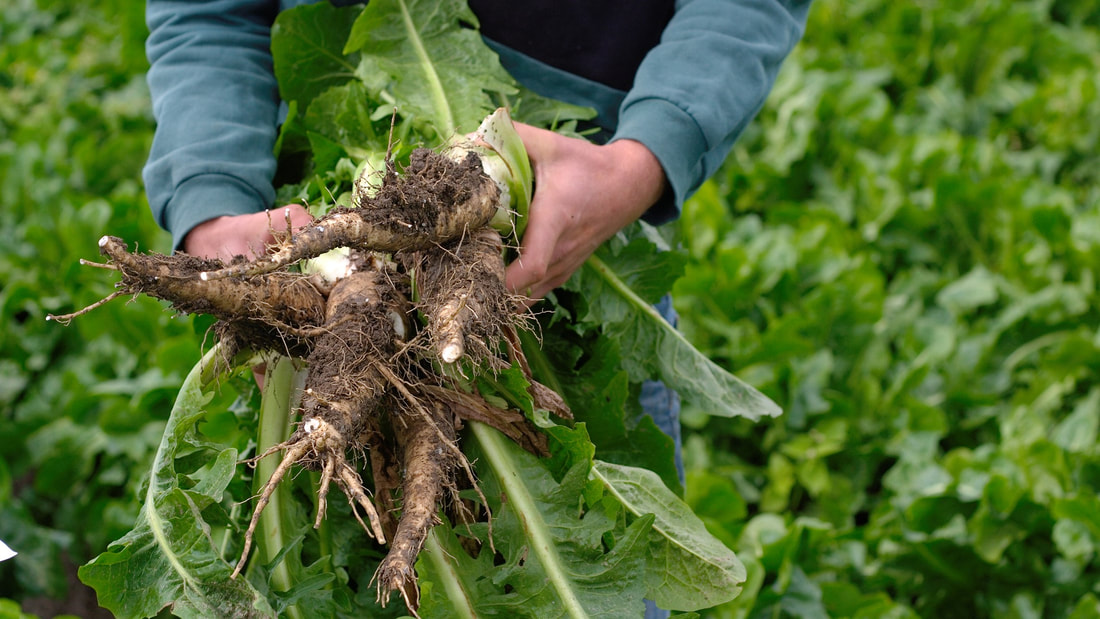
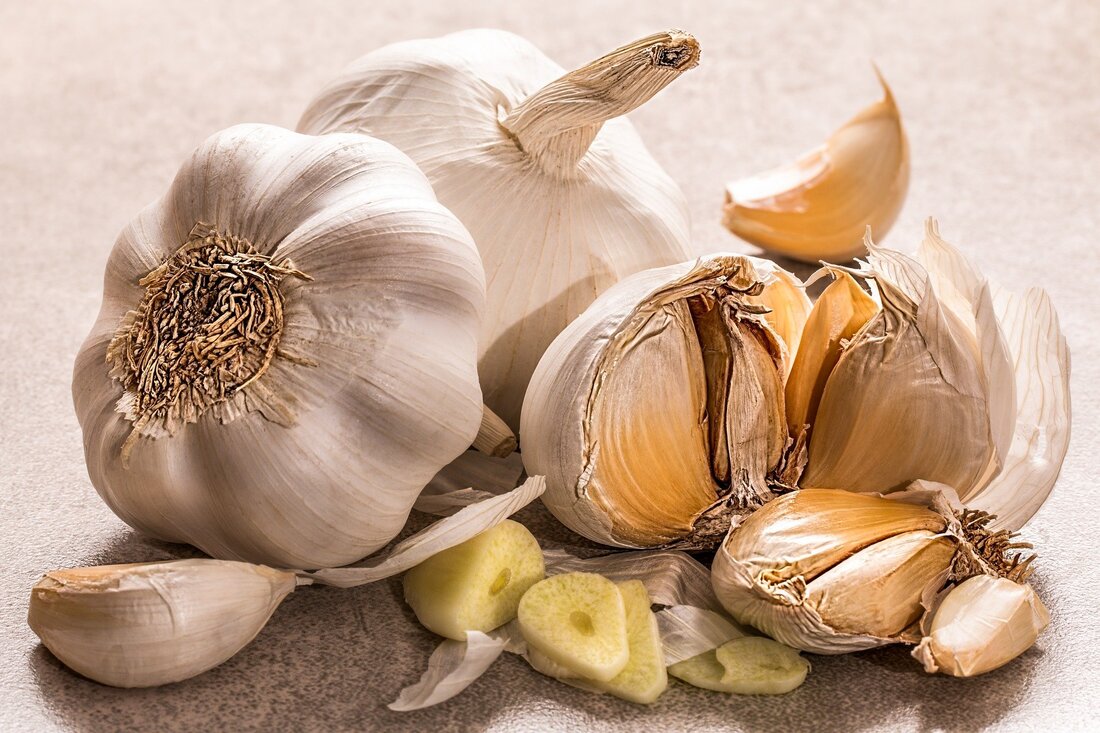
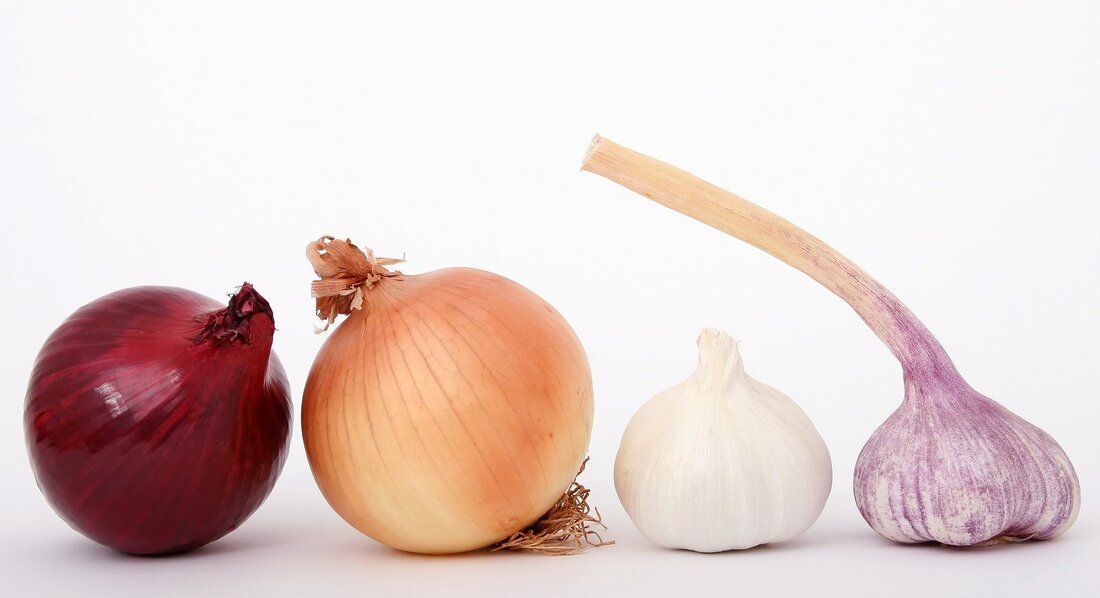
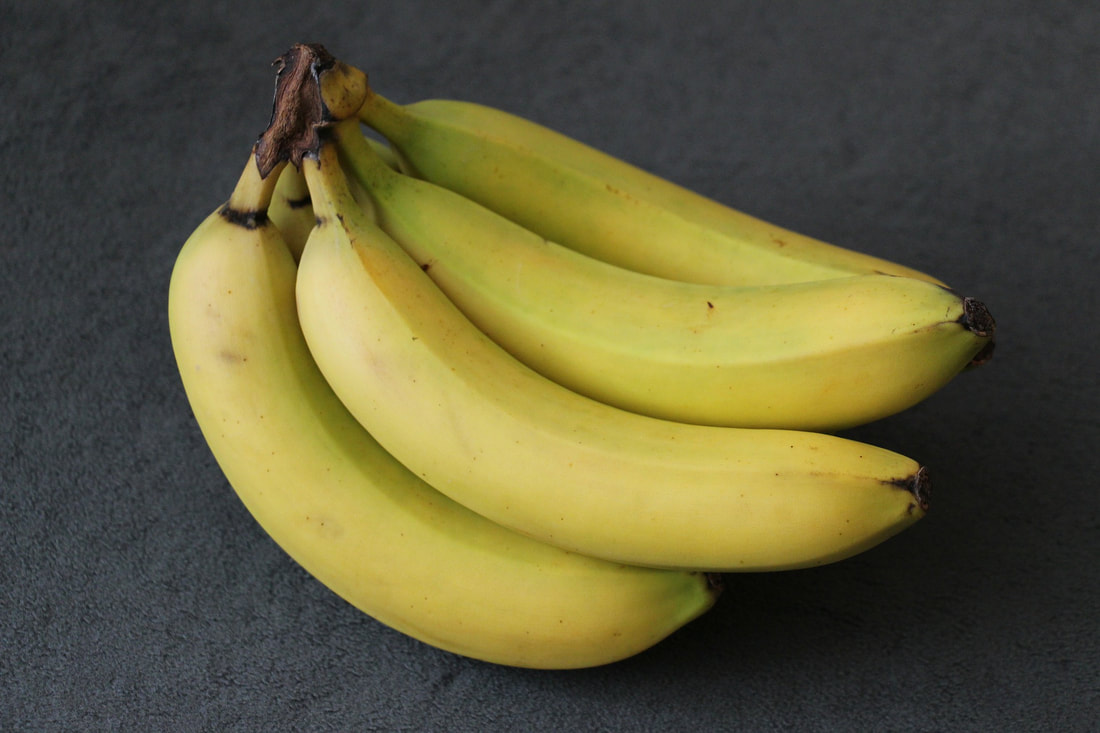
 RSS Feed
RSS Feed